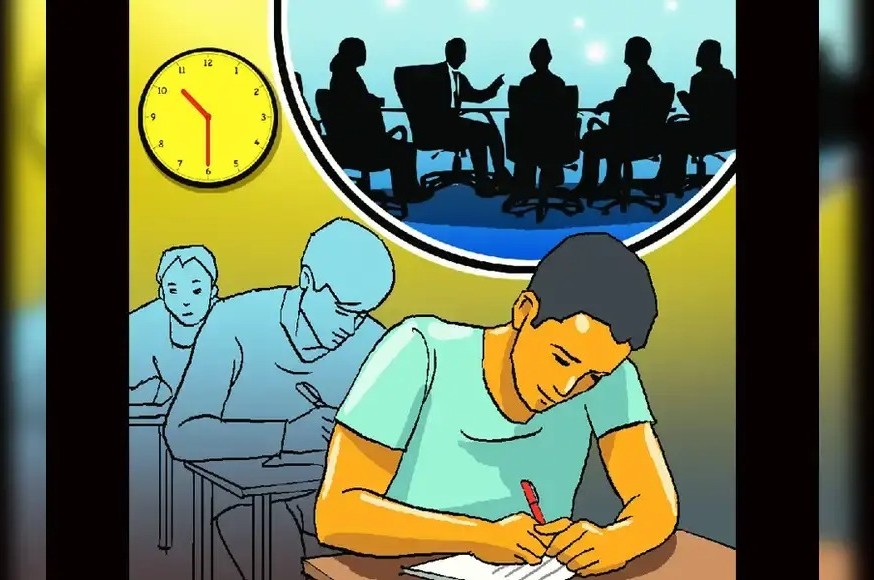 Image Source: Times of India
Image Source: Times of India
As the frenzied Indian college admission season enters its critical third phase, more than one lakh seats remain vacant across Maharashtra’s engineering colleges, according to the latest figures from the State Common Entrance Test (CET) Cell. Despite two rounds of the Centralized Admission Process (CAP) for engineering courses, a significant number of aspirants are holding out for offers from top-choice colleges and programs—spotlighting both the competitive aspirations of students and persistent challenges in the seat allocation process.
The Numbers: Vacancies vs. Aspirations
The second round of engineering admissions for the 2025 academic year witnessed only 29,910 students confirming their admission out of a whopping 162,205 seats allotted. In total—spanning both completed rounds—just 64,841 students have finalized their admissions, leaving over 100,000 seats still awaiting takers. This seismic gap between available seats and filled positions is primarily due to students refusing lower-ranked options in hopes of landing a more prestigious placement in the upcoming rounds.
Key Admission Milestones:
-
First round admission confirmations: 34,931 students
-
Second round: 29,910 students
-
Total seats allotted across both rounds: 162,205 (Round 2); 189,277 candidates had filled preferences
-
Vacant seats: 100,000+ remain, with students in wait-and-watch mode for better options
The CET Cell has released the schedule for the third and fourth rounds, crucial for thousands pinning their hopes on upgradation and dream colleges.
Why Are Seats Still Vacant?
At the heart of the issue is “preference optimism.” Students are strategically opting not to confirm seats from their lower preferences, betting on gaining admission to colleges with superior faculty, infrastructure, and placement records in subsequent rounds. For instance, those receiving auto-freeze allotments for their top six preferences must either confirm or forfeit their seat—and are excluded from future rounds. But students allotted colleges lower in their preference list often opt to remain in the pool, paying the seat acceptance fee but not “freezing” their choice, thus remaining eligible for further rounds.
“I did not confirm the admission in the first two rounds as I hoped for a college with better faculty and placement records. With more rounds to follow, I did not want to compromise,” said Saurabh Mohitkar, an engineering aspirant eagerly waiting for a favorable result in the third round.
CAP Round 3: What’s Next?
Candidates can revise or fill new preference forms between August 16 and 18 for CAP Round 3. The much-anticipated third allotment list is slated for release on August 21, with the window for admissions from August 22 to 25. The fourth and final round will commence right after these dates.
Notably, if a student gets a college from their top six preferences in the next round, their allotment will auto-freeze by default, compelling them to either accept or exit the process. Seats outside the top six offer more flexibility: candidates can "self-freeze" and exit, or choose “not freeze/betterment” to keep options open for subsequent rounds by paying the necessary fees.
The Domino Effect Across India
This trend is not limited to Maharashtra. Parallel admission routes in states like Madhya Pradesh and across the country see a similar dynamic—many vacancies persisting after initial rounds as students optimize for the best possible college “fit.” There are reports from states like MP that over half of engineering seats remain vacant after two rounds, despite improvements in the admission process and earlier start dates.
What Does This Signal?
For Students: The pattern underscores intense competition and high aspirations, as students weigh choices and avoid settling until they’ve exhausted every possibility for their ideal program.
For Colleges: Many institutions, especially those with lower rankings, may struggle to fill seats. This could spur reform in curriculum, infrastructure investment, or even eventual seat reductions for under-demanded programs.
For the System: It raises questions about the supply-demand alignment of seats in regional higher education, transparency in the allotment process, and the pressing need for better counseling and information dissemination to students.
Final Thoughts
With two rounds down and over one lakh engineering seats unfilled, the third and fourth rounds of CAP in Maharashtra—along with analogous processes nationwide—are set to be decisive. Whether student patience and ambition pay off, or large-scale vacancies persist, will shape the contours of higher education intake for the year and possibly influence systemic reforms going forward.
Sources: Hindustan Times, MHT CET CAP Important Dates, Times of India (MP), CollegeDekho
Advertisement
Advertisement





